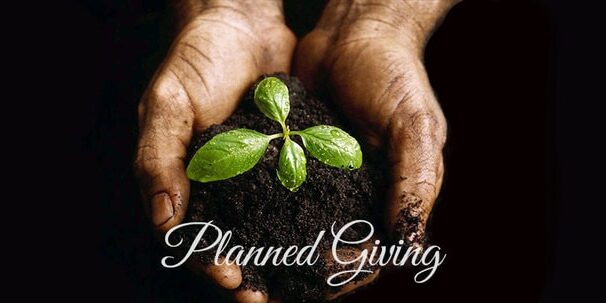Have you noticed?
Have you noticed? Recently, it was 60 degrees. The following day, it was 20 degrees.
Flooding alerts and hurricanes have increased.
Some states have had record-breaking heat waves and droughts.
It is snowing in November in areas that haven’t had snow and chill in that month.
Sure you have noticed, haven’t you?

Have you connected human activity as a major component to these environmental changes? Have you reflected on the dynamic interconnectedness of all creation – including human – activity and its consequences? If so, pass along your awareness to others. If not, perhaps a brief review will help me and all of us enhance awareness on the impact of the choices we make.
I have heard people say, when it’s unseasonably cold, things like “so much for global warming!” But the reality is that climate change makes weather less predictable and more extreme. That can mean not just things being warmer than usual, but also colder than usual or wetter or drier! Here’s how it works.
Our atmosphere needs greenhouse gases (carbon dioxide, methane, nitrous oxide and ozone) to shield us from the harmful rays of the sun and to maintain sufficient atmospheric heat to sustain life on Earth. Without this natural greenhouse effect, the average temperature of the Earth would be about 2 degrees Fahrenheit, not the average of 59 degrees. Earth would be as cold as the moon.
When fossil fuels (coal, natural gas, oil and many other sources) are burned, they emit carbon dioxide, which increases it in the environmental shield. This increase affects the natural and chemical properties of the atmosphere, and the imbalance impacts the frequency of weather events such as drought, extreme temperatures, flooding, high winds and severe storms.
There is also an increase in solar energy captured by the greenhouse gases, which is fed back into the climate system and absorbed by the water evaporated from oceans, seas, and other sources around the globe and released in storms, hurricanes, and other destructive moisture-filled systems. These change the ocean currents, which change the weather patterns.
These weather pattern changes challenge agriculture, our food sources and peoples’ life, land usage, human and non-human health, and total destruction of life on Earth. Unlike smoke pollution or soot or other contaminates, Carbon Dioxide pollution is invisible and easily denied and unattended. Yet, we can see its effects in weather changes and contemplate what this means in the life of all.
As asked by the authors of Care for Creation: A Franciscan Spirituality of the Earth, “Are we so committed to the current economic patterns of fossil fuels that will endanger the future of humanity and the integrity of creation?”
Resources:
Care for Creation: A Franciscan Spirituality of the Earth, by Ilia Delio, O.S.F., Keith Douglass Warner, O.F.M., and Pamela Wood (Franciscan Media 2008)



Thank you for your thought provoking questions, Barbara. We cannot be reminded too often of our responsibility to mother earth and one another.
The questions and statements are meaningful guides for us and timely as a Thanksgiving Reminder for our great earth that continues to care for us. Thank you, Sister Barbara.